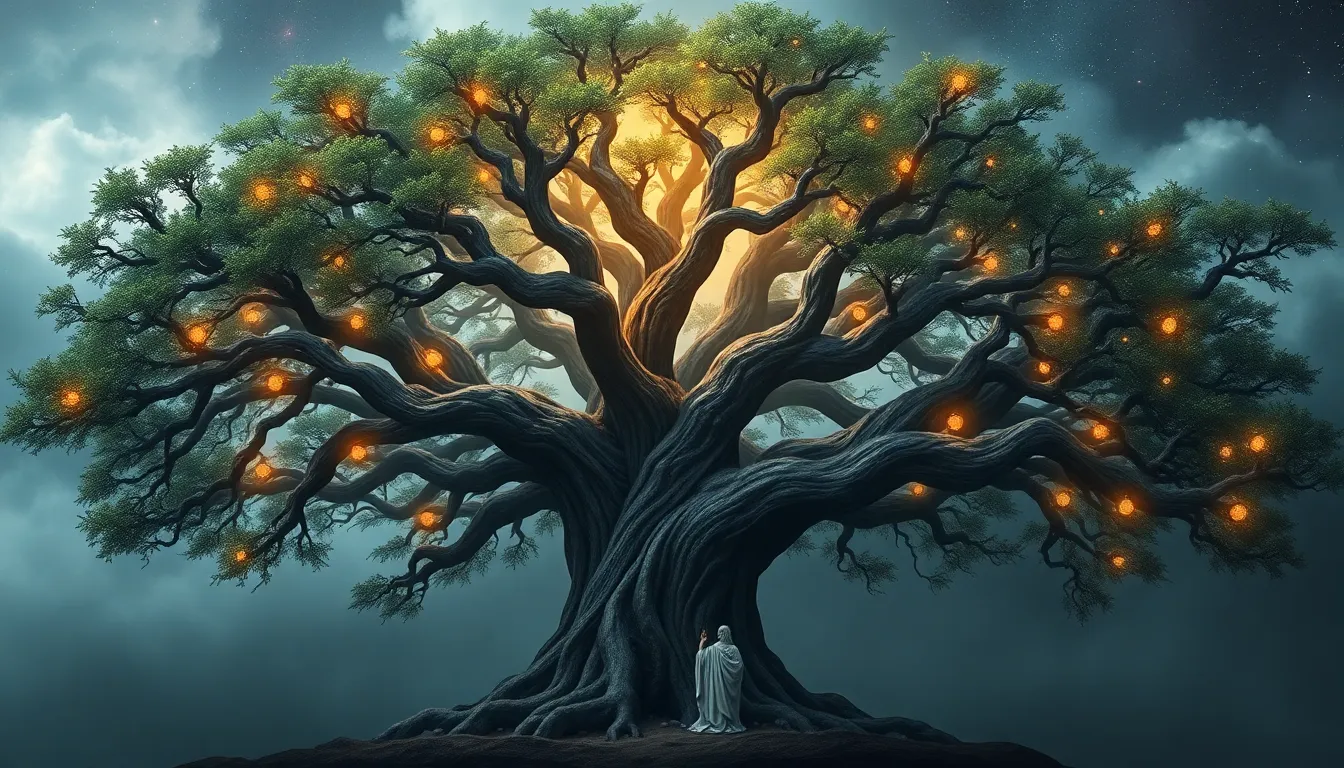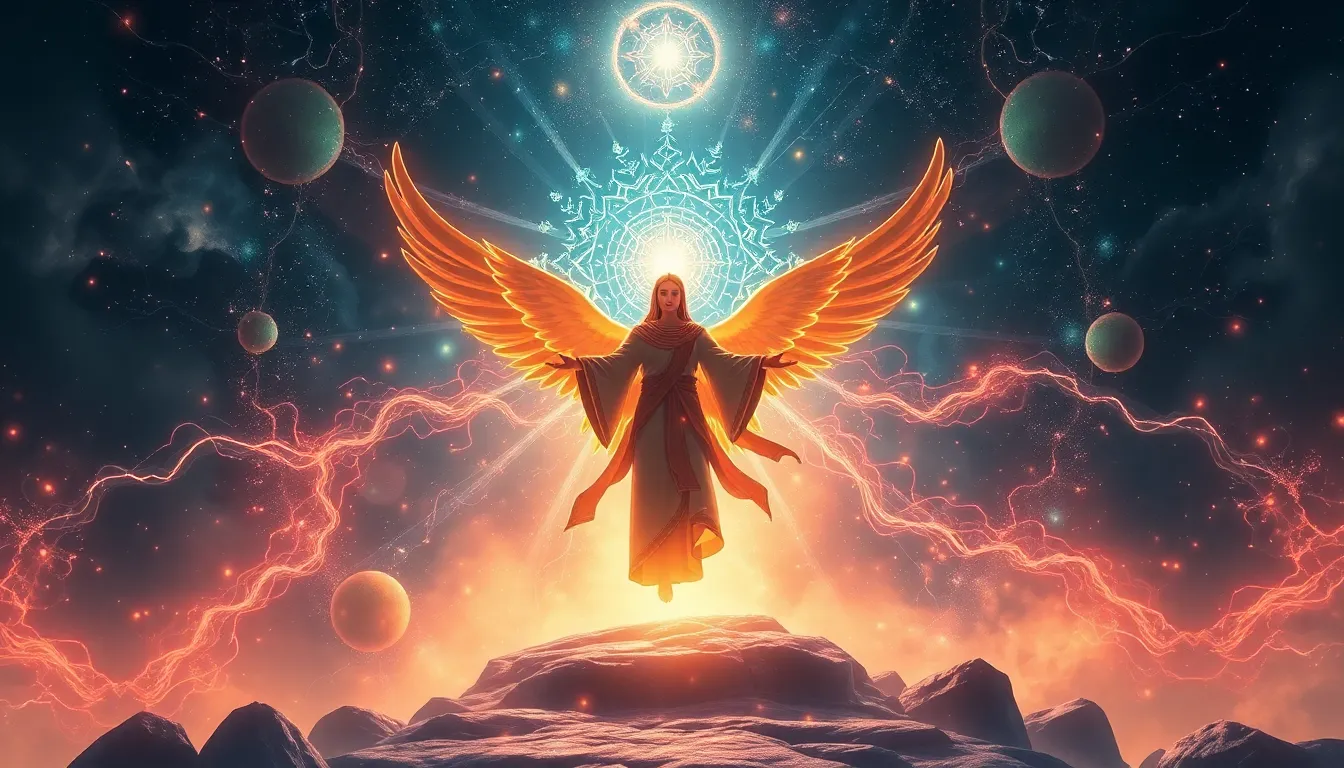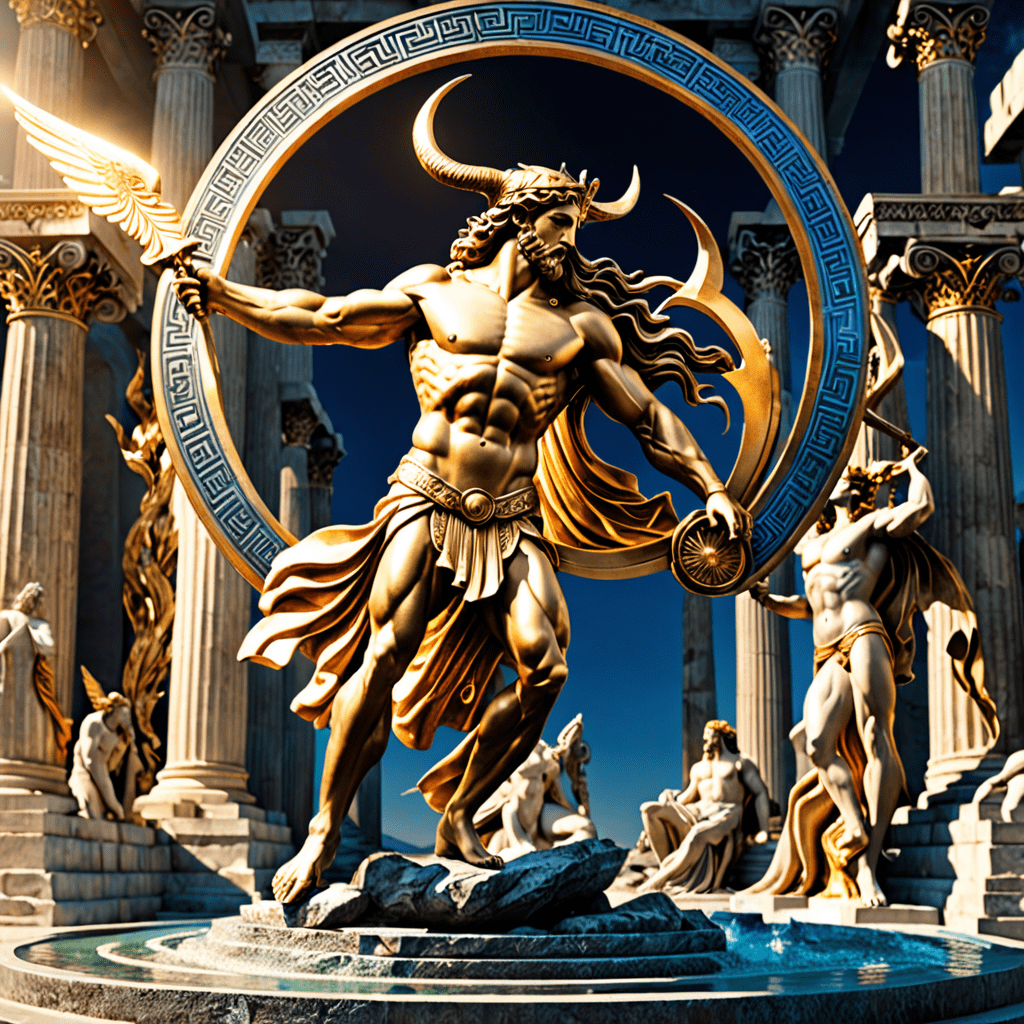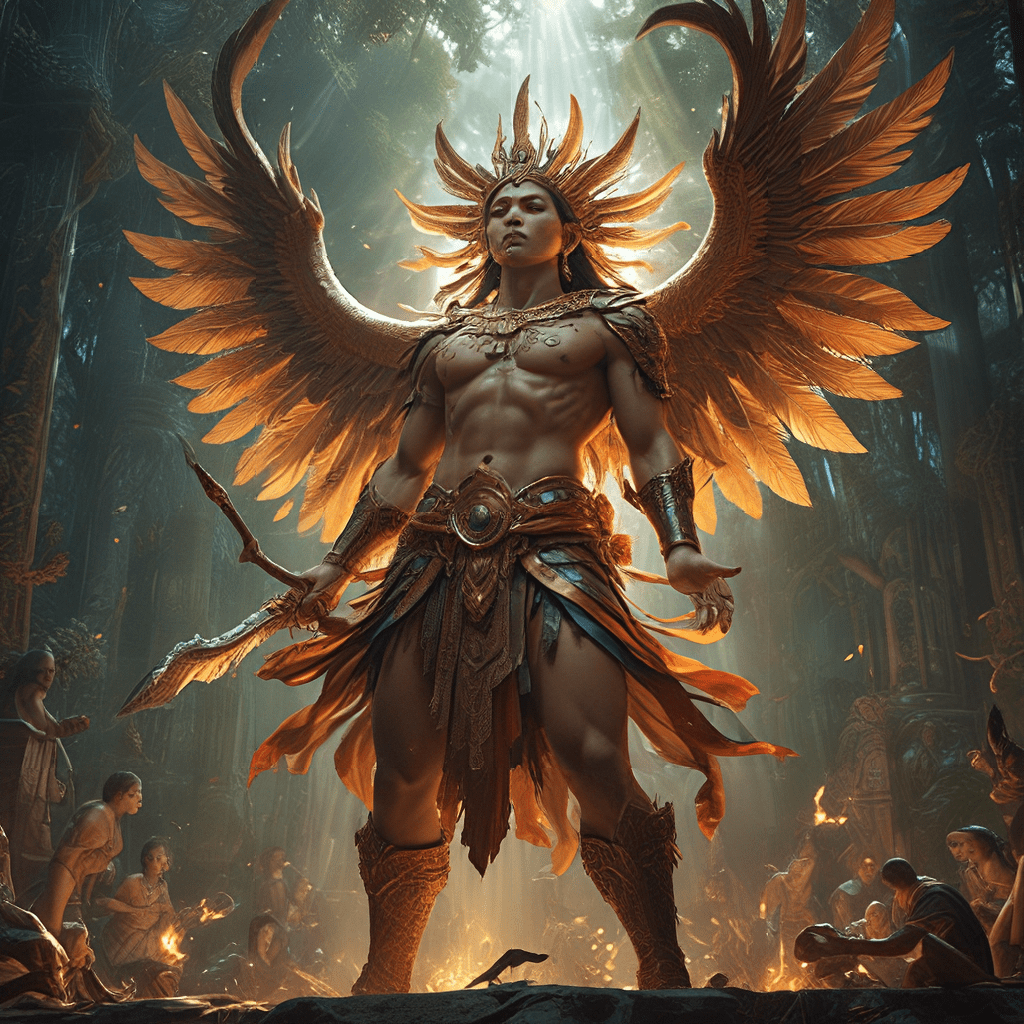The Tree of the Gods: Myths from Ancient Pantheons
Introduction to the Concept of the World Tree
The concept of the World Tree is a profound symbol found in various mythologies across the globe. It often represents the axis mundi, the central point connecting the heavens, earth, and underworld. The World Tree serves as a bridge for various beings and influences, embodying the cyclical nature of life, death, and rebirth.
This article delves into the significance of the World Tree in different ancient pantheons, exploring its manifestations and meanings in Norse, Hindu, Mesoamerican, Egyptian, and Celtic mythologies. Through these narratives, we will uncover the universal themes that connect these diverse cultures.
The Norse Yggdrasil: The Axis of the Nine Worlds
In Norse cosmology, Yggdrasil is the immense and central sacred tree, often described as an ash tree. It is considered the axis of the universe, connecting the nine worlds of Norse mythology, including Asgard (home of the gods), Midgard (the realm of humans), and Hel (the underworld).
Yggdrasil is inhabited by various creatures and beings, including:
- The eagle perched at its top, representing wisdom.
- The squirrel Ratatoskr, who scurries up and down the tree, spreading messages between the eagle and the dragon Nidhogg, who gnaws at the roots.
- The four stags that graze on its leaves, symbolizing the cycle of life.
Symbolically, Yggdrasil embodies life, death, and rebirth. Its roots reach into the underworld, connecting it to death, while its branches stretch into the heavens, symbolizing life and growth. The cyclical nature of existence is emphasized in the myths surrounding Yggdrasil, where the fates of gods and mortals intertwine.
The Sacred Banyan Tree in Hindu Mythology
The banyan tree holds a significant place in Hindu mythology, symbolizing immortality and eternity. This majestic tree is known for its vast canopy and aerial roots, which allow it to expand and thrive in various environments.
In Hindu beliefs, the banyan tree is often associated with the trinity of gods:
- Brahma – the creator, who is sometimes depicted sitting under a banyan tree.
- Vishnu – the preserver, often linked with the sustenance that trees provide.
- Shiva – the destroyer, who represents the cyclical nature of existence.
Myths surrounding the banyan tree often relate to creation and destruction. For instance, it is believed that the world was created from the cosmic ocean, and the banyan tree emerged as a symbol of stability and life amidst chaos.
The Cosmic Tree in Mesoamerican Cultures
In Mesoamerican traditions, particularly among the Maya and Aztecs, the World Tree is a vital element of their cosmology. The Ceiba tree is often depicted as the Cosmic Tree, connecting the underworld, earth, and heavens.
The Ceiba tree serves as a symbolic representation of the universe, with:
- The roots delving into the underworld, where the dead reside.
- The trunk representing the earthly realm, where humans live.
- The branches reaching into the sky, symbolizing the divine and celestial realms.
Rituals and beliefs surrounding the Cosmic Tree often involve offerings and ceremonies to honor the tree’s role in maintaining balance in the universe. These practices reflect the deep connection between nature and spirituality in Mesoamerican cultures.
The Tree of Life in Ancient Egyptian Beliefs
In ancient Egyptian mythology, the Tree of Life is a significant symbol of nourishment, growth, and resurrection. The sycamore tree is particularly revered for its association with the afterlife and spiritual journeys.
The sycamore tree is often depicted in tombs and temples as a source of sustenance for the deceased. It is associated with gods such as:
- Osiris – god of the afterlife, who represents resurrection.
- Isis – goddess of magic and motherhood, who nurtures and protects.
The Tree of Life symbolizes the connection between the earthly realm and the afterlife, emphasizing the importance of trees in spiritual and physical sustenance. The myths surrounding the Tree of Life highlight the Egyptians’ reverence for nature and its divine connections.
The World Tree in Celtic Mythology: The Bile Tree
In Celtic mythology, the Bile tree represents the World Tree, often associated with the divine and the cycle of life. The Bile tree is considered sacred and is linked to various Celtic gods.
Trees play a crucial role in Druidic traditions, where they are viewed as symbols of wisdom and healing. The Bile tree, in particular, is associated with:
- Druantia – the goddess of trees and fertility.
- Brigid – the goddess of healing and poetry, linked with the growth and renewal of nature.
Stories and legends surrounding the Bile tree often highlight its healing properties and its role in magical rituals. The reverence for trees in Celtic culture reflects a deep understanding of their importance in the natural world.
The Universal Symbolism of Trees Across Cultures
Trees are universal symbols in various mythologies, often embodying common themes and motifs:
- Life-givers: Trees are seen as sources of sustenance, providing food, shelter, and oxygen.
- Connectors to the divine: Many cultures view trees as sacred, serving as intermediaries between the earthly and spiritual realms.
- Symbols of growth and change: The cyclical nature of trees, with their seasonal changes, reflects the life cycle of all living beings.
A comparative analysis of trees across different cultures reveals that despite the diversity of beliefs, the archetypal representation of trees as life-givers and connectors to the divine remains a constant theme.
Modern Interpretations and Influences of Mythical Trees
The ancient myths surrounding trees continue to influence contemporary art, literature, and spirituality. As society becomes increasingly disconnected from nature, there has been a resurgence of interest in nature-based spirituality and mythology.
Modern adaptations of mythical trees can be found in:
- Films: Movies like “Avatar” and “The Lorax” highlight the importance of trees and nature.
- Books: Literary works often draw on tree symbolism, such as “The Overstory” by Richard Powers.
- Games: Video games like “The Legend of Zelda” incorporate mythical trees into their narratives.
This revival of interest in mythical trees speaks to a collective yearning for connection with nature and a deeper understanding of our place within the universe.
Environmental Significance of Trees in Mythology
Trees have played a vital role in ancient cultures, not only as symbols but also as essential components of the ecosystem. The reverence for trees in mythology often reflects a deeper understanding of their environmental significance.
In many ancient cultures, trees were seen as:
- Providers of sustenance: Essential for food, shelter, and medicine.
- Guardians of the earth: Representing stability and protection for the environment.
- Symbols of renewal: Emphasizing the cycle of life and the importance of conservation.
As modern society faces environmental challenges, revisiting these ancient beliefs can inspire a renewed commitment to preserving our natural world and understanding the interconnectedness of all life.



